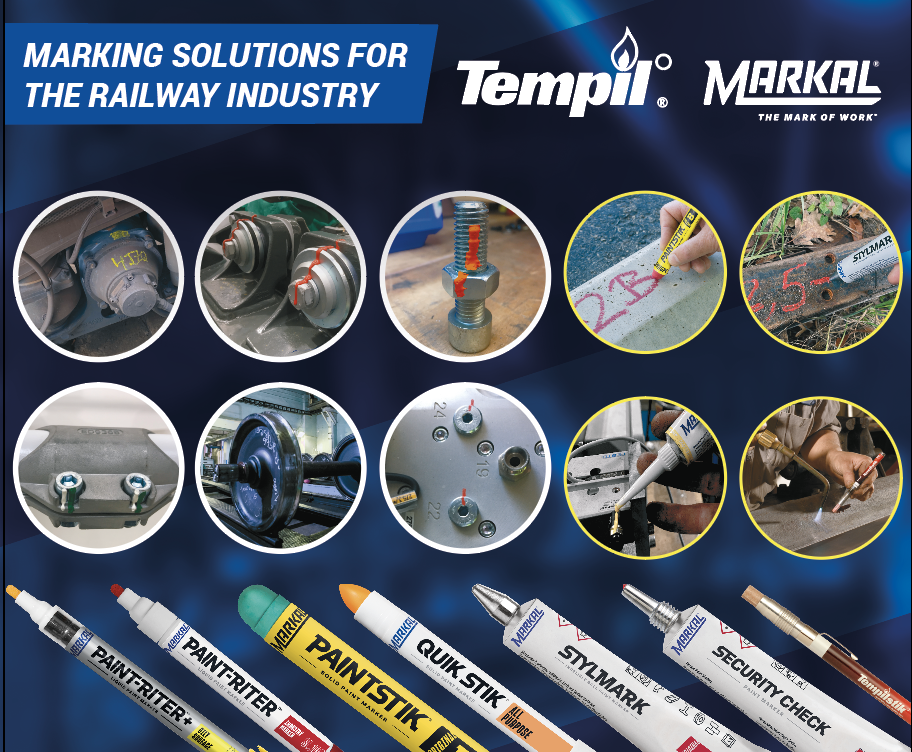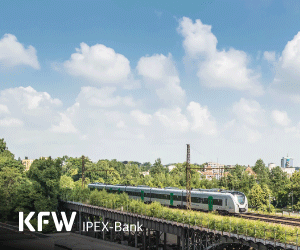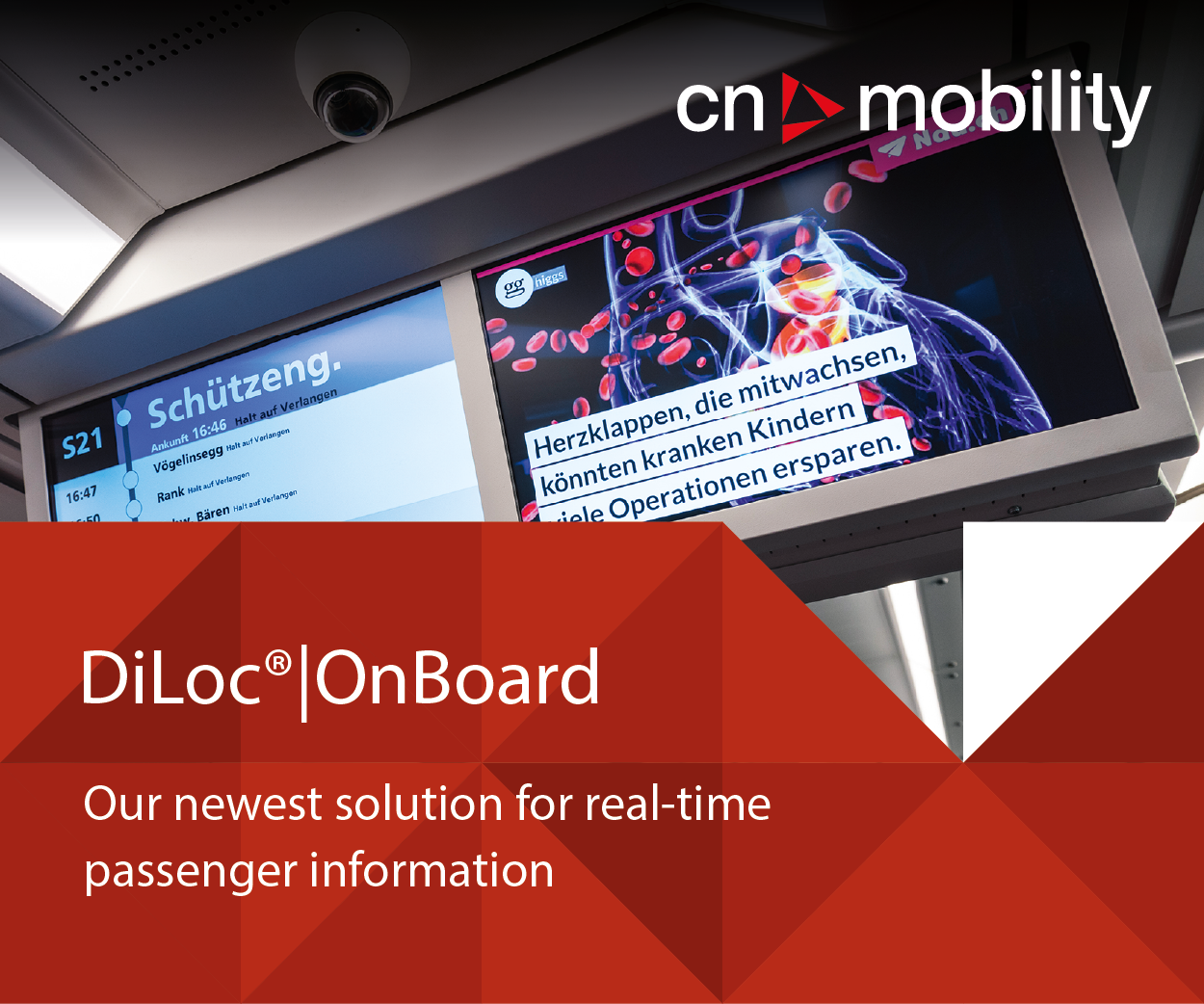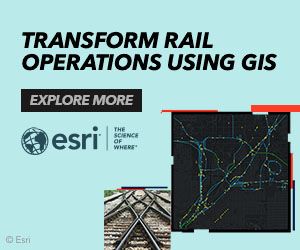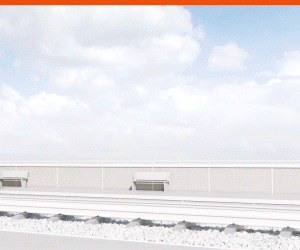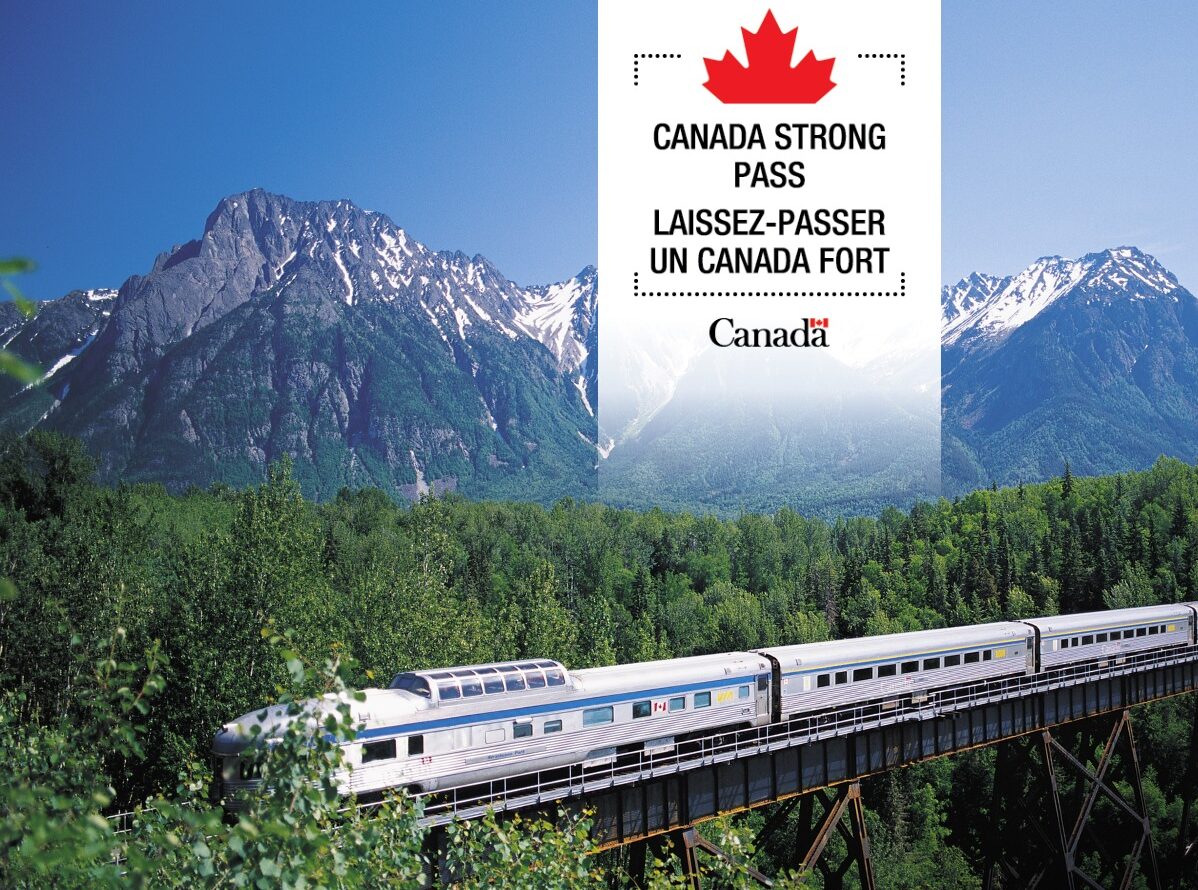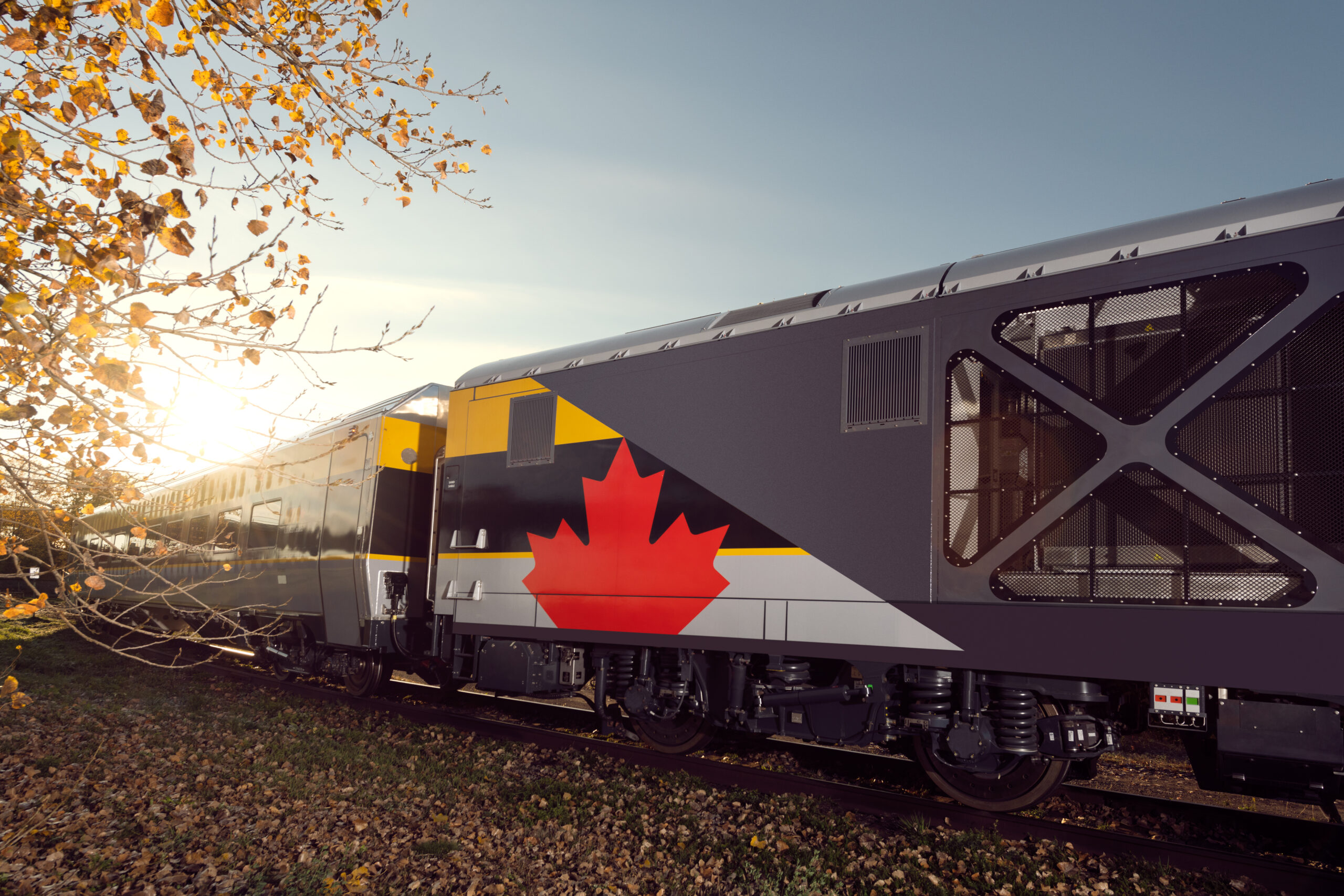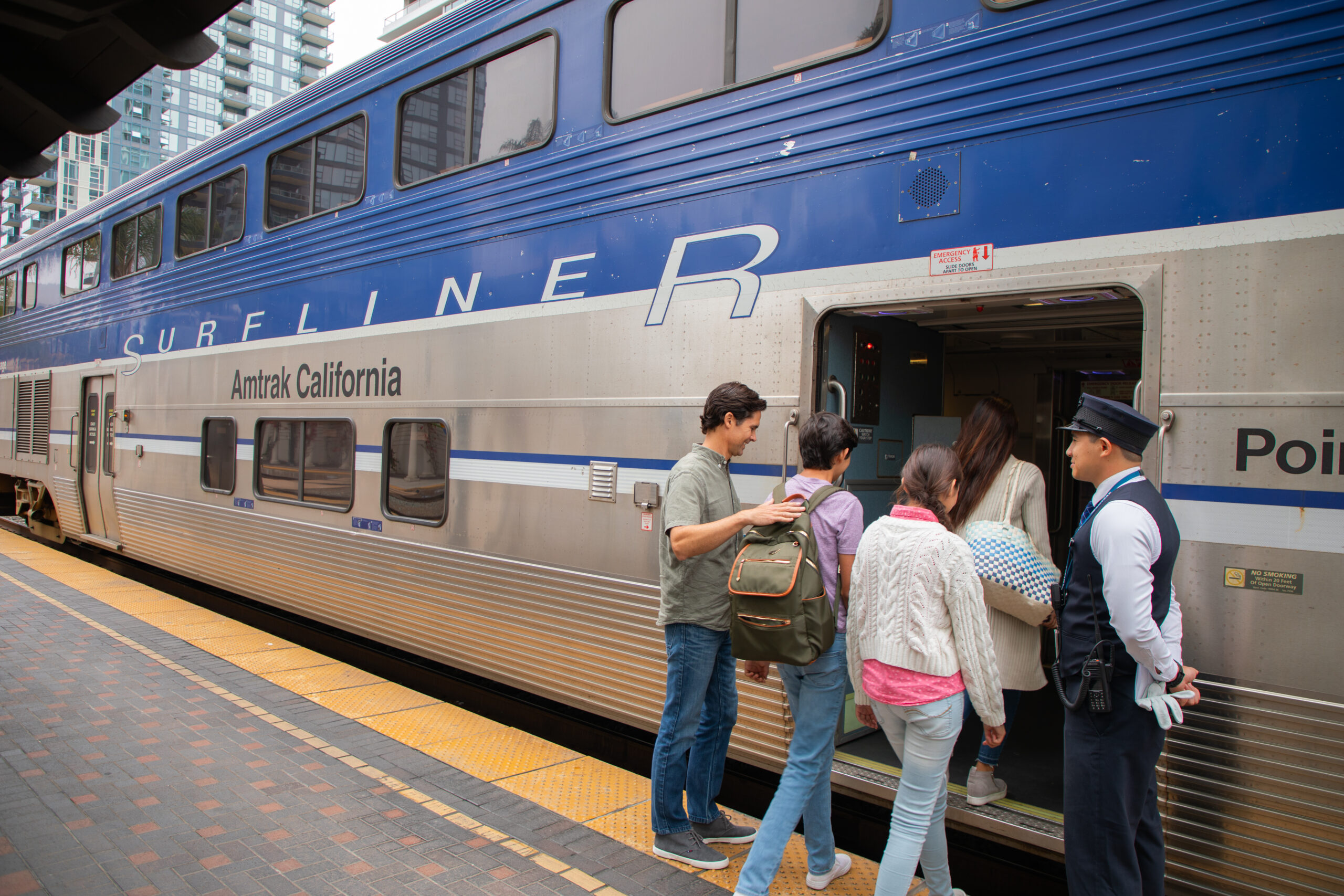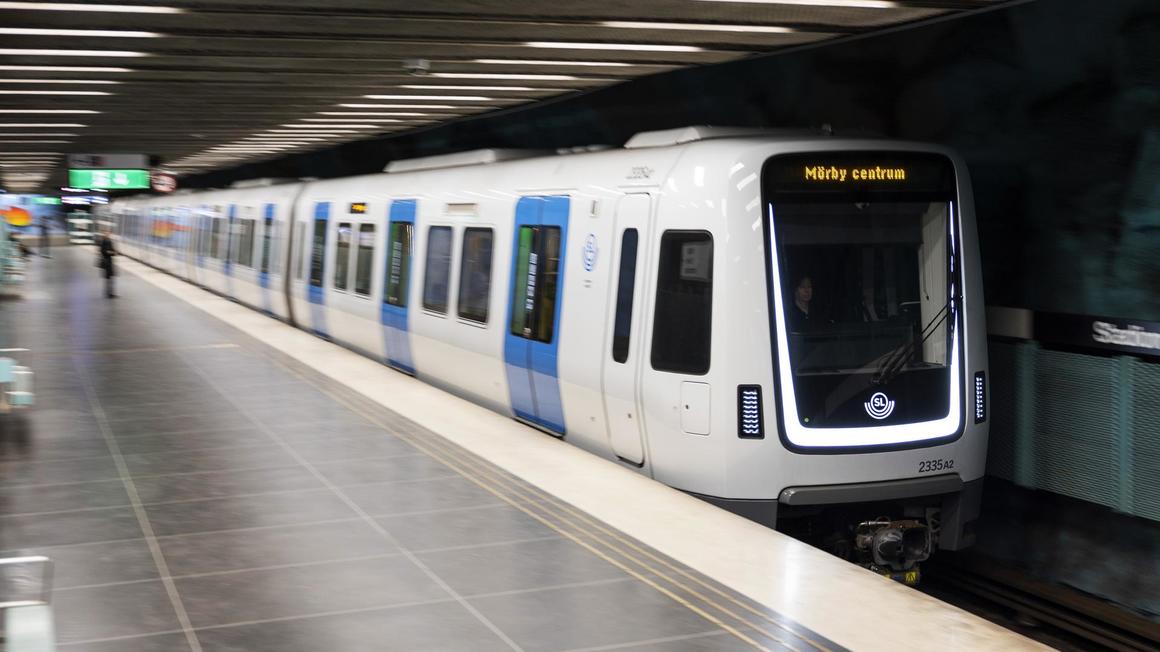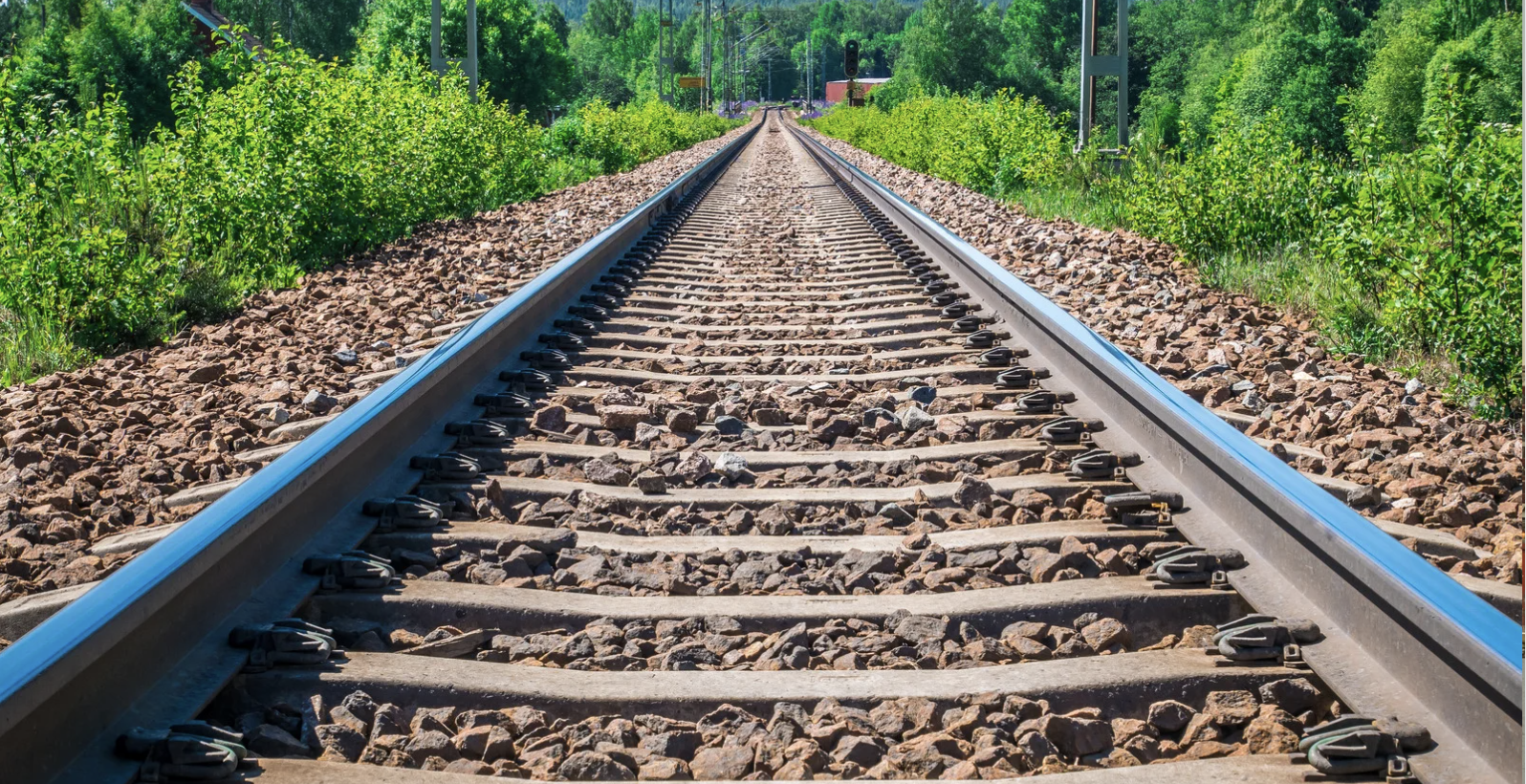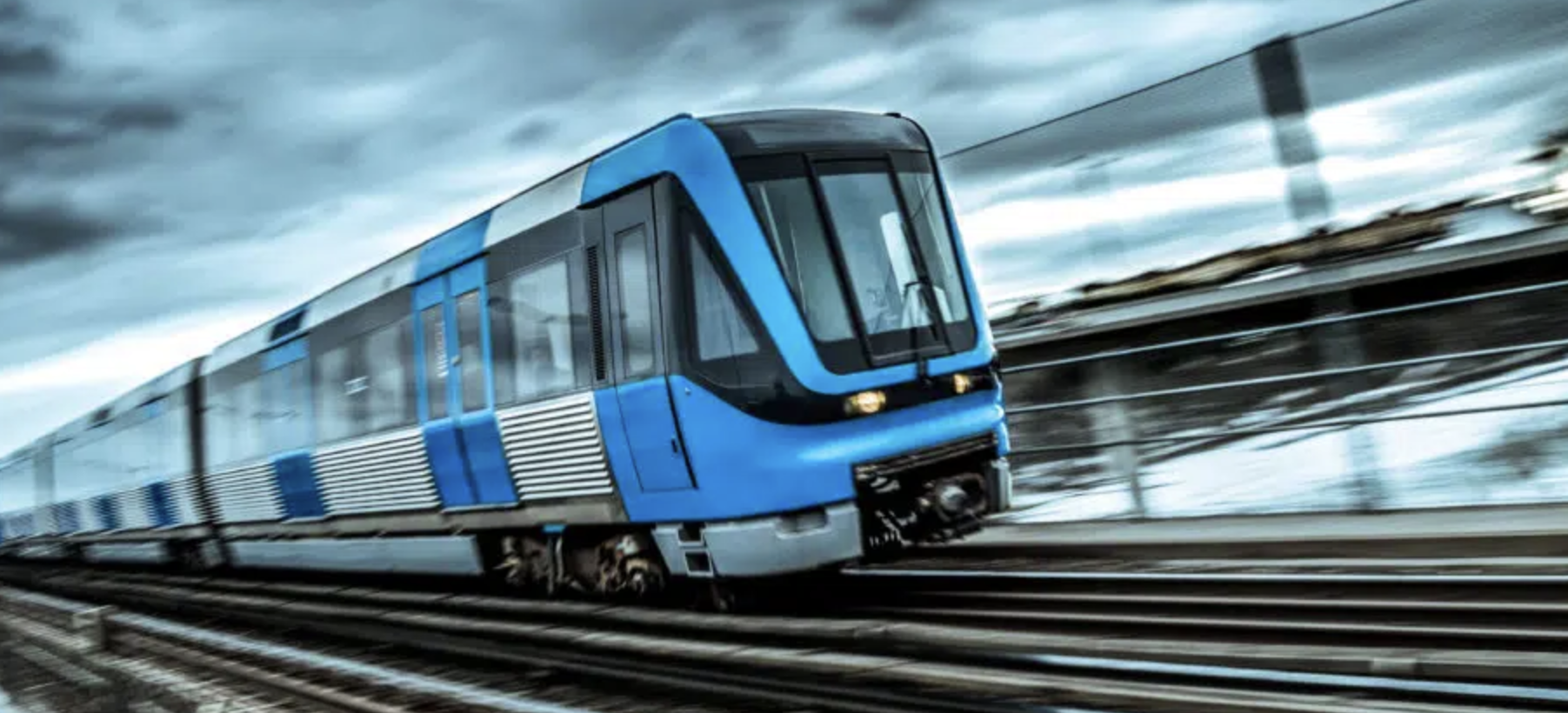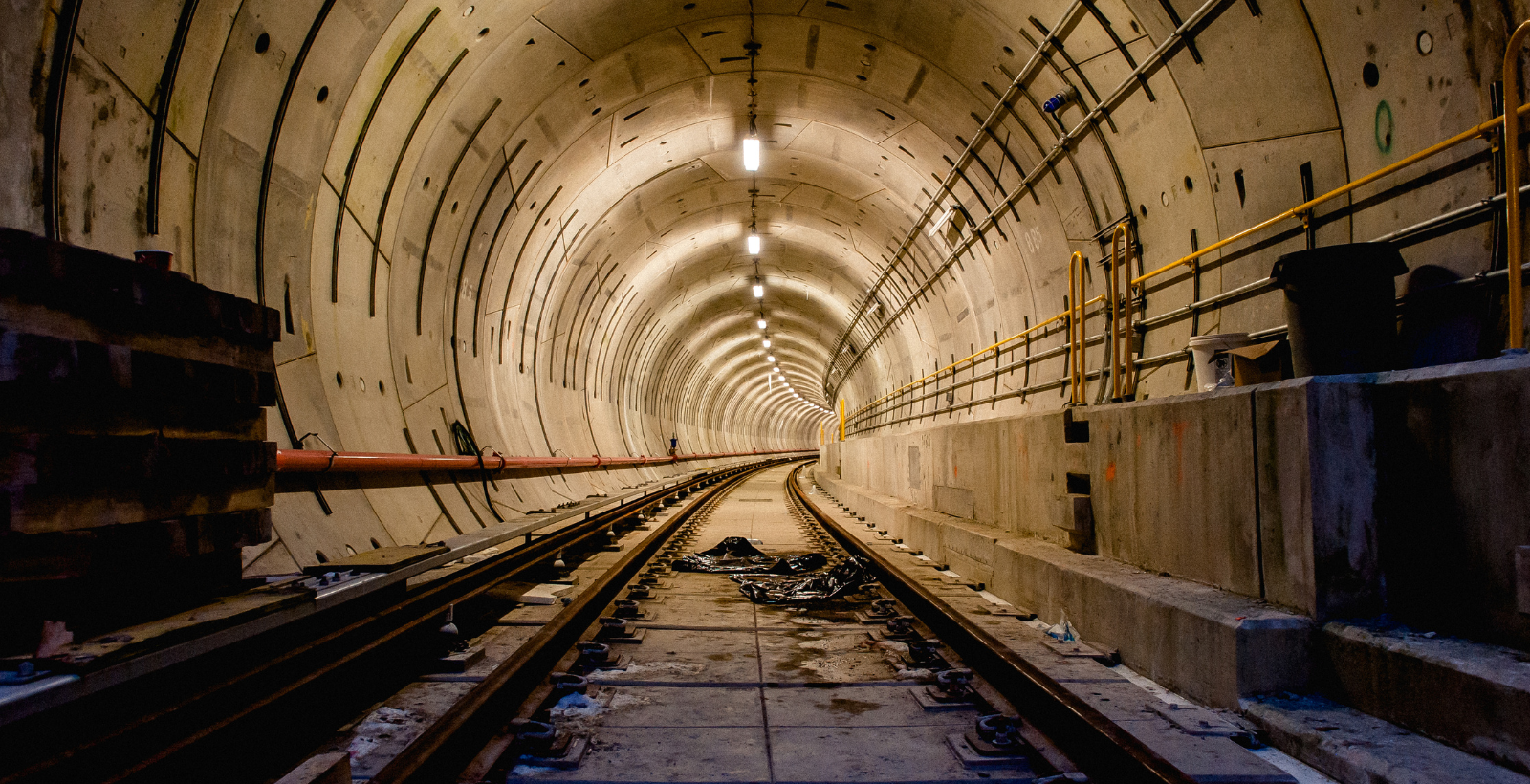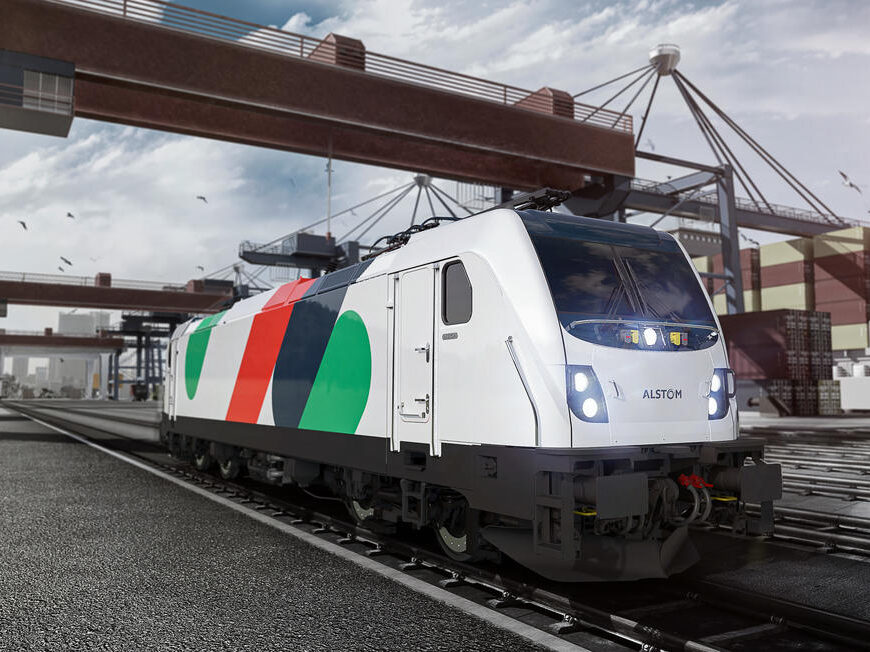At the Train & Rail event in Stockholm, Lars Lindgren of Trafikverket, the Swedish Transport Administration, presented Sweden’s long-term vision for its railway sector. Vision 2050 provides an ambitious roadmap, positioning rail as the backbone of both national and European transport networks.
Lindgren opened with a historical overview, tracing Sweden’s railway evolution from its beginnings in 1856 through to its full deregulation in the 2000s. He highlighted key reforms such as the 1988 separation of infrastructure from operations, the liberalisation of freight and passenger services, and the 2010 establishment of Trafikverket, which combined road and rail oversight into a single state authority.
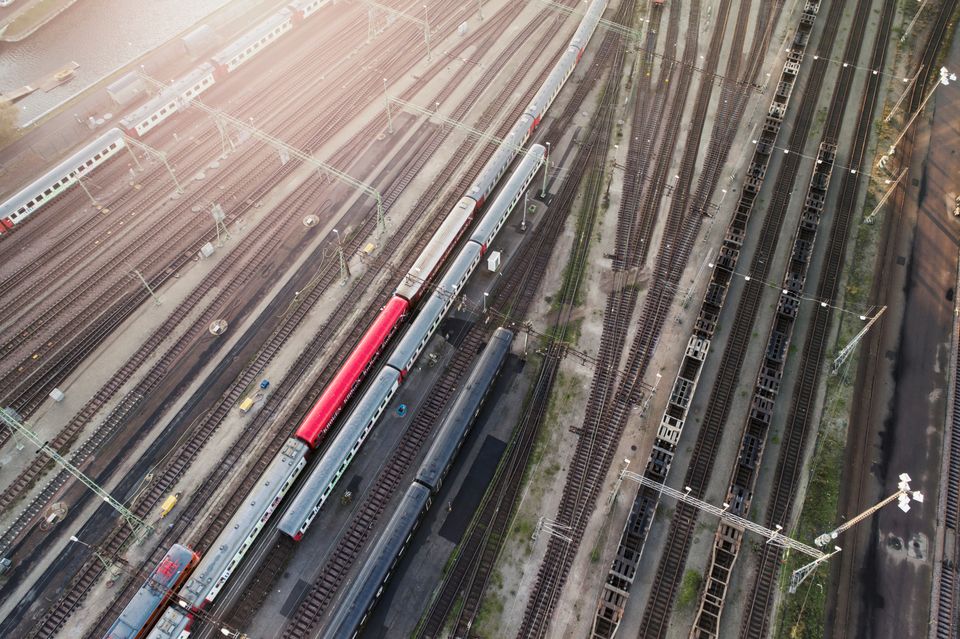
The Rail Collaboration Forum (JBS) was launched in 2017 to facilitate cooperation among stakeholders in the sector. Although not a formal entity, the JBS unites government agencies, private operators, and member organisations to collaboratively address challenges.
Vision 2050 emerged from these discussions, built around the premise: “The transport system brings us closer—Sweden grows with rail.” The strategy sets out to ensure that, by 2050, rail will play a pivotal role in national cohesion, regional development, and cross-border connectivity with Europe.
Lindgren outlined four strategic goals for the vision:
- Enhance Sweden’s economic growth and international competitiveness
- Provide reliable, tailor-made transport solutions for passengers and freight
- Integrate transport systems for seamless, multimodal travel
- Support the system with robust technological and organisational infrastructure.
Addressing present and future challenges—from geopolitical tensions and energy transitions to digital disruption and changing demographics—Vision 2050 aims to present a forward-thinking response while also delivering short-term improvements.
Lindgren said:We’re moving into a new era—from the horse-drawn railway to the steam engine, to electricity, and now into the digital age. The opportunities are enormous, but expectations are rising fast. People want transport that’s faster, better, cheaper—and they want it now. We have to think differently, act collaboratively, and deliver results that make a difference today, not just in 2050.
The Vision 2050 roadmap identifies key focus areas for immediate and long-term action:
- Increased capacity: both optimising existing infrastructure and investing in new capacity
- Improved quality and punctuality: essential for building trust in the rail system
- Enhanced passenger information: creating state-of-the-art systems for real-time updates
- Skills development: ensuring the sector can meet growing demands with qualified personnel
- Consistent data sharing: enabling better coordination and decision-making across operators
Importantly, Lindgren advocated for high-impact initiatives that can be feasibly implemented with current resources. Examples include running longer and heavier trains, accelerating maintenance recovery times, and adopting common data platforms. He noted that such solutions do not need to be expensive to be effective, stressing the importance of timely, actionable change.
Lindgren also underscored the necessity of cross-border cooperation within the Nordic region and the broader EU, reflecting the increasing importance of climate-resilient, multimodal logistics chains.
As Sweden looks to 2050, its railway sector aims to stand at the heart of national policy, technological transformation, and international connectivity.


